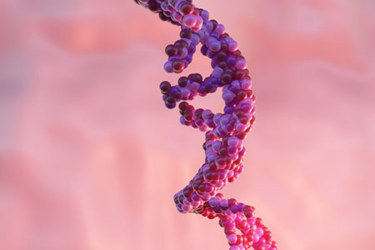Impact Of dsRNA On Cellular Viability And Reduction Of dsRNA In In Vitro Transcribed mRNA Via Enzymatic Optimization And Polishing
By Mark Lobas, Ph.D., Colton Delonais, Meghan Pfeifer, Todd Vannelli, Ph.D., Venkata Indurthi, Ph.D., Aldevron

Messenger RNA (mRNA) has emerged as a versatile therapeutic modality due to its rapid production, scalability, and potent biological effects. While mRNA synthesis via in vitro transcription (IVT) is efficient, the process generates various contaminants, including enzymes, DNA, and salts, which are readily removed. However, the presence of double-stranded RNA (dsRNA) generated during the IVT process poses a significant challenge as it is difficult to remove. Formed through mechanisms such as turnaround transcription or annealing of incomplete fragments, dsRNA triggers an immune response, compromising cellular health and protein expression.
This study underscores the detrimental impact of dsRNA on cellular function and protein production. To address this issue, we propose two strategies to reduce dsRNA contamination. The first involves the utilization of engineered T7 RNA polymerases designed to suppress dsRNA formation during IVT. The second approach employs a cellulose-based purification method capable of substantially reducing dsRNA levels in the final mRNA product. Our findings demonstrate that both methods effectively diminish dsRNA, leading to improved cellular health and enhanced protein expression.
Get unlimited access to:
Enter your credentials below to log in. Not yet a member of Cell & Gene? Subscribe today.
